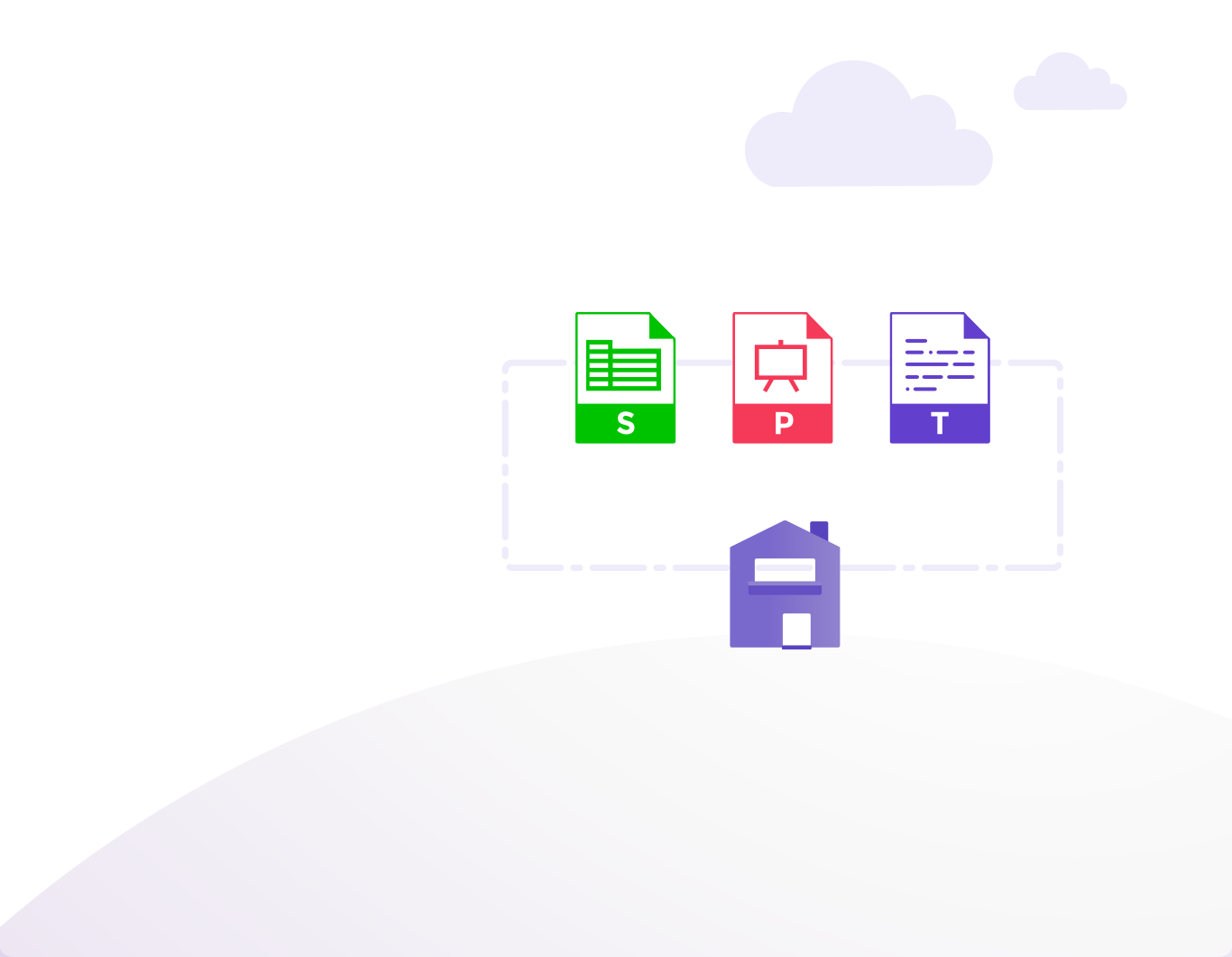

#Install collabora code on aws windows#
#Install collabora code on aws how to#

AWS : S3 (Simple Storage Service) 5 - Uploading folders/files recursively.AWS : S3 (Simple Storage Service) 4 - Uploading a large file.AWS : S3 (Simple Storage Service) 3 - Bucket Versioning.AWS : S3 (Simple Storage Service) 2 - Creating and Deleting a Bucket.AWS : Creating an instance to a new region by copying an AMI.AWS : Creating an EC2 instance and attaching Amazon EBS volume to the instance using Python boto module with User data.AWS : Adding swap space to an attached volume via mkswap and swapon.AWS : Attaching Amazon EBS volume to an instance.AWS : Creating a snapshot (cloning an image).AWS : EKS (Elastic Container Service for Kubernetes).Go to for the instance (for example, ): AWS (Amazon Web Services) Our sample revision deploys a single web page to the instance. Since "Succeeded" appears in the Status column, we can now verify the deployment through our web browser. In the list of deployments, look for the row with an Application value of CodeDeployGitHubDemo-App and a Deployment group value of CodeDeployGitHubDemo-DepGrp. We will use our web browser to view the web page that was deployed to the Amazon EC2 instance running RHEL instance.

We will use the AWS CodeDeploy console to verify the success of the deployment. We've now created an IAM instance profile to attach to Amazon EC2 instances. On the Attach Policy page, select the box next to CodeDeployDemo-EC2-Permissions: On the Select Role Type page, next to Amazon EC2, choose Select. In the Role Name box, give the IAM instance profile a name like CodeDeployDemo-EC2, and then choose Next Step. In the navigation pane, choose Roles, and then choose Create New Role.

In the Policy Document box, paste the following: In the Policy Name box, type CodeDeployDemo-EC2-Permissions. Next to Create Your Own Policy, choose Select: In the IAM console, in the navigation pane, choose Policies, and then choose Create Policy. This role gives AWS CodeDeploy permission to access the Amazon S3 buckets or GitHub repositories where our applications are stored. To launch Amazon EC2 instances that are compatible with AWS CodeDeploy, we must create an additional IAM role, an instance profile. Our Amazon EC2 instances need permission to access the Amazon S3 buckets or GitHub repositories where the applications that will be deployed by AWS CodeDeploy are stored.


 0 kommentar(er)
0 kommentar(er)
